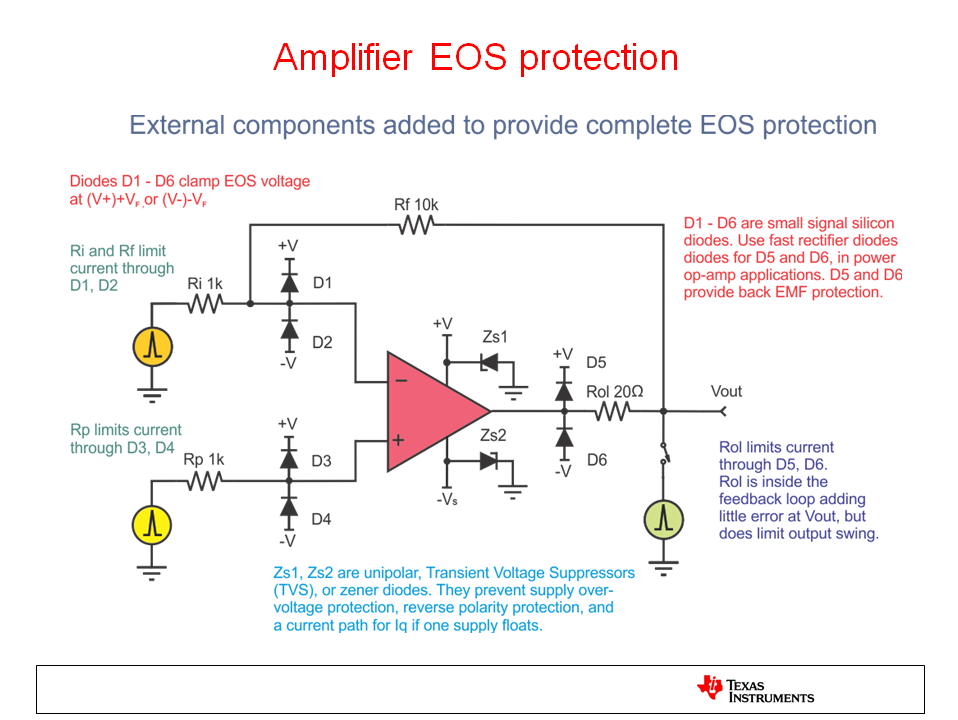Hi all,
TLV2372 is powered with +5V and -5V power rails. Card is inserted in a rack and it could be the case someone extract the card without removing power. The +5V rail switches off quicker than -5V one, leaving TLV2372 only powered via the -5V rail during a few miliseconds.
Could TLV2372 get damaged under this circunstances? I am not sure if the -8V max. figure from datasheet page 8 (section 7.2) can be applied here.
Thanks and rgds, Jose.


